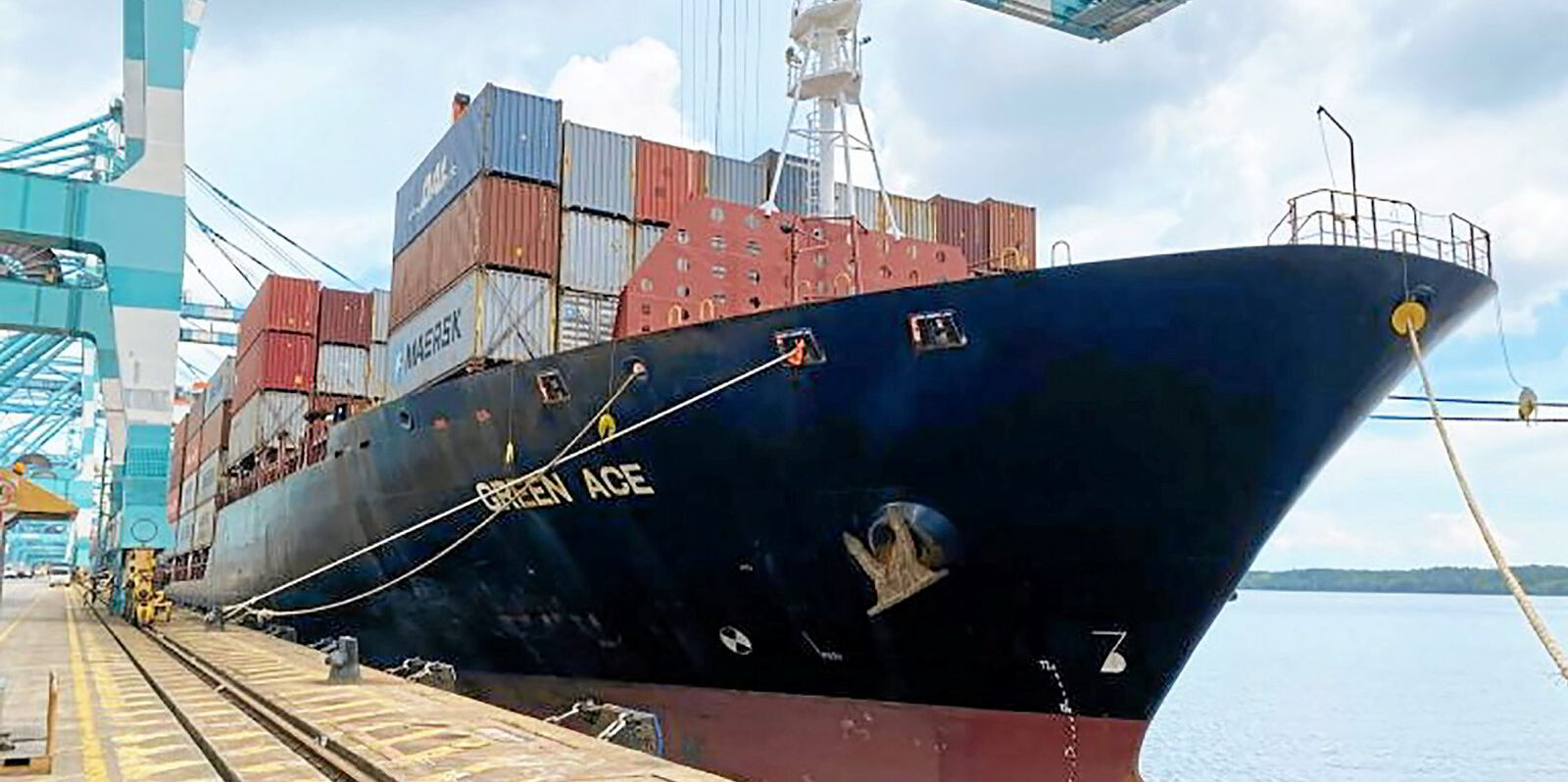Ratings agency Moody’s has excluded container shipping from what is a generally favourable outlook for transport and logistics into 2026.
The company’s latest report looks at 20 major companies, including AP Moller-Maersk, NYK, CMA CGM, Mitsui OSK Lines, Hapag-Lloyd and Hyundai Glovis.
Of these, only MOL and Hapag-Lloyd were classed as having a “positive” outlook.
“We forecast a modest increase in Ebitda, excluding container shipping, underpinned by global economic growth. Heightened geopolitical risk and increasing protectionism are the key risks to watch,” Moody’s said.
“Business conditions for container shipping companies will worsen,” the agency added.
Moody’s believes the ongoing disruption to shipping in the Red Sea that began in November 2023 effectively postponed the expected overcapacity in the market during 2024.
“But with a global fleet growth of 10% this year and another 5% in 2025, we expect overcapacity will prevail, irrespective of how the Red Sea situation develops,” it explained.
Moody’s is expecting a continued fall in rates next year, after the “seesawing” of this year.
The unusually strong demand since May will continue to normalise, the agency believes.
Freight rates rose sharply at the end of 2023 following an increasing number of attacks on vessels transiting the Red Sea in the Middle East.
More protectionism?
Container ships were rerouted via the Cape of Good Hope, a longer journey around Africa, which effectively removed available capacity on the Asia–Europe trade lane, sending rates higher.
Moody’s argues the post-May spike in demand was likely because of several factors: customers shipping unusually high volumes fearing a deteriorating situation for global supply chains; reactions to trade tariffs on certain Chinese goods by both the US and European Union; and expectations of even further trade protectionism following the November 2024 US presidential elections.
“However, freight rates have been falling for the last three months as demand starts to normalise,” Moody’s analyst team said.
“Further growth in the shipping fleet, although at a slower rate than this year, will outstrip demand growth even when adjusted for the extra shipping distances. This will lead to lower freight rates,” the company added.




